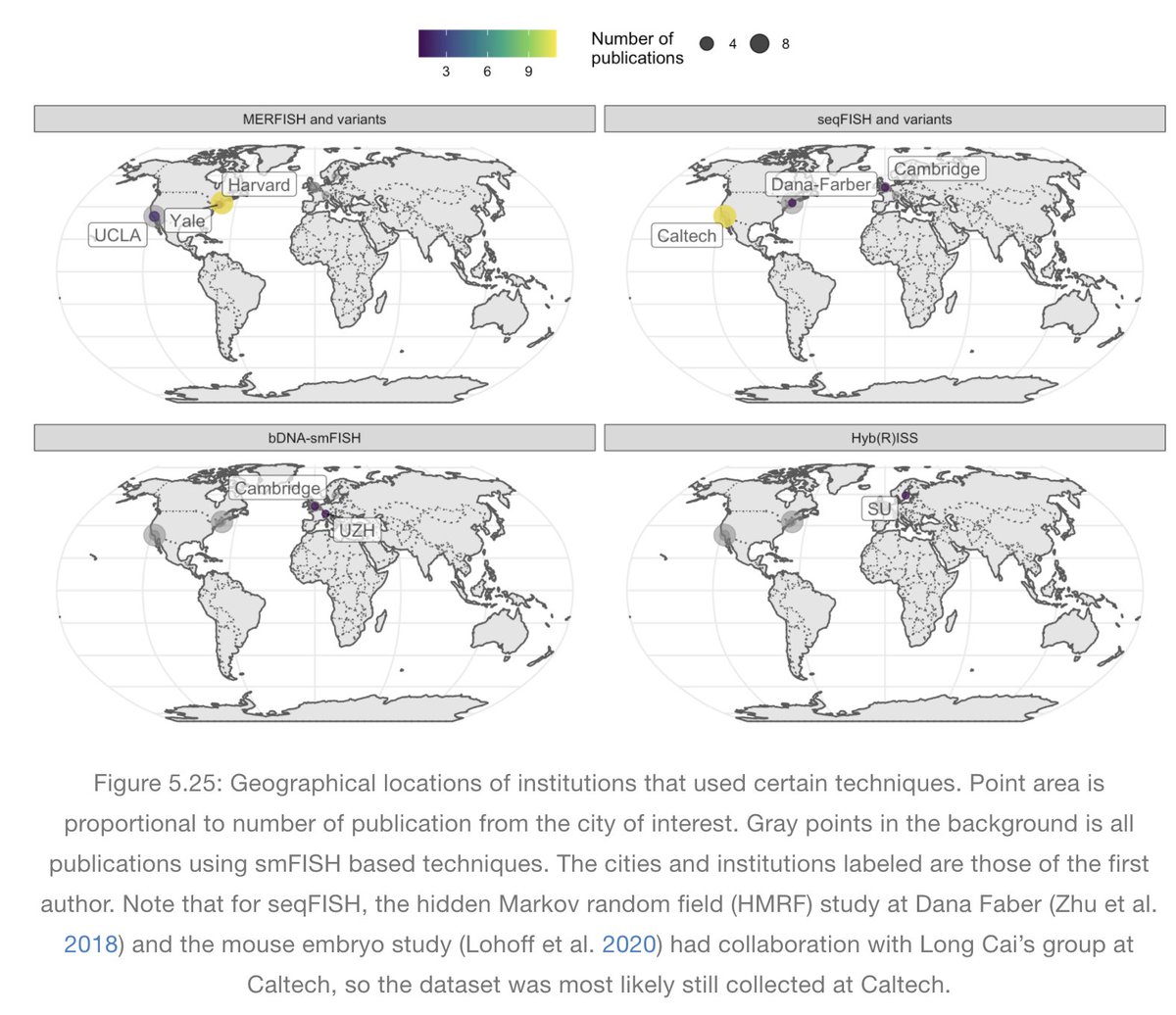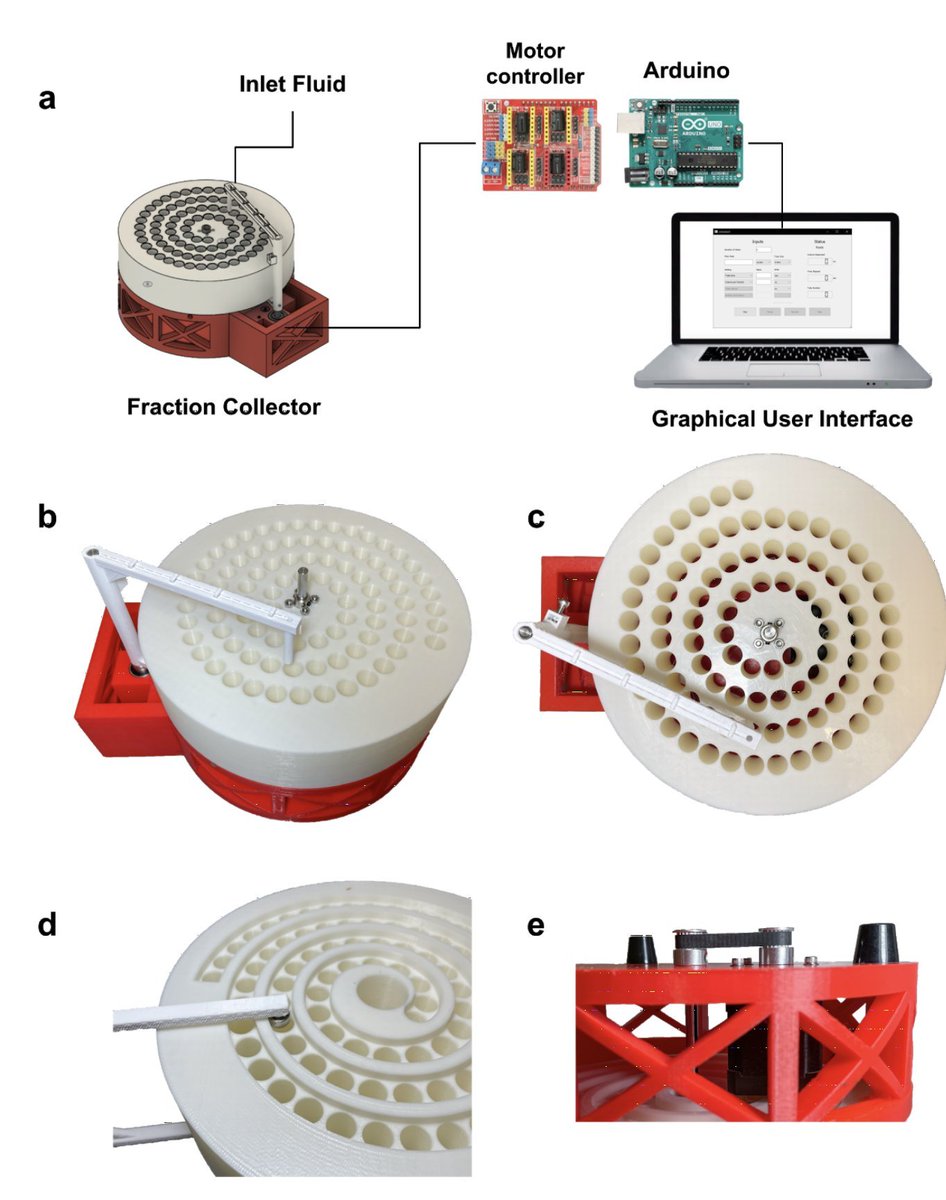
If you're working on spatial transcriptomics, I think you'll find @LambdaMoses' "Museum of Spatial Transcriptomics", which analyzes the field via its metadata, to be an incredibly useful resource. biorxiv.org/content/10.110… 1/11
The museum is organized as a main paper that provides an overview of a book (i.e. the Supplementary Material) which is based on a database of papers in the field compiled by @LambdaMoses. First the database... docs.google.com/spreadsheets/d…
It contains several hundred papers. 2/11
It contains several hundred papers. 2/11
To undertake a comprehensive study of the field, @LambdaMoses read all these papers carefully, starting with "prequel" literature to establish historical context. The database has detailed metadata including a summary of each paper. This timeline is just of the prequel. 3/11 

In the book, you can find a detailed analysis of the metadata, which reveals interesting trends and dynamics in the field. For example, the prequel chapter is here: pachterlab.github.io/LP_2021/preque… 4/11
The analysis is not just qualitative. @LambdaMoses performs an analysis of numerous aspects of the literature. E.g., here is a plot showing the particular organs (and # of genes assayed) in whole-mount in situ hybridization atlases, i.e. (WM)ISH. 5/11 

All of these analyses are easily producible, by running R code that processes the database. When the databases is updated, the book is updated. The code is all here github.com/pachterlab/LP_… and can be run on the Rstudio cloud. 6/11
Some of the results are astounding. Interested in correlations between topics (in spatial transcriptomics)? Here it is: 7/11 

Want to know which methods have been widely adopted, versus technologies that are mostly used in-house? Here it is for smFISH based techniques (there are similar figures for other methods). 8/11 

If you're interested in the data analysis aspect of spatial transcriptomics, the book contains basic analysis, for example of programming languages used. 9/11 

But much more interesting is the in-depth analysis of computational methods that I believe is the most detailed to date in the field. See chapter 7. pachterlab.github.io/LP_2021/curren… 10/11
This is truly a "museum of spatial transcriptomics" and we hope that beyond its utility for spatial transcriptomics, the approach serves as a proof-of-principle that could be applied to study other fields. I am truly in awe of what @LambdaMoses has accomplished. 11/11
• • •
Missing some Tweet in this thread? You can try to
force a refresh










